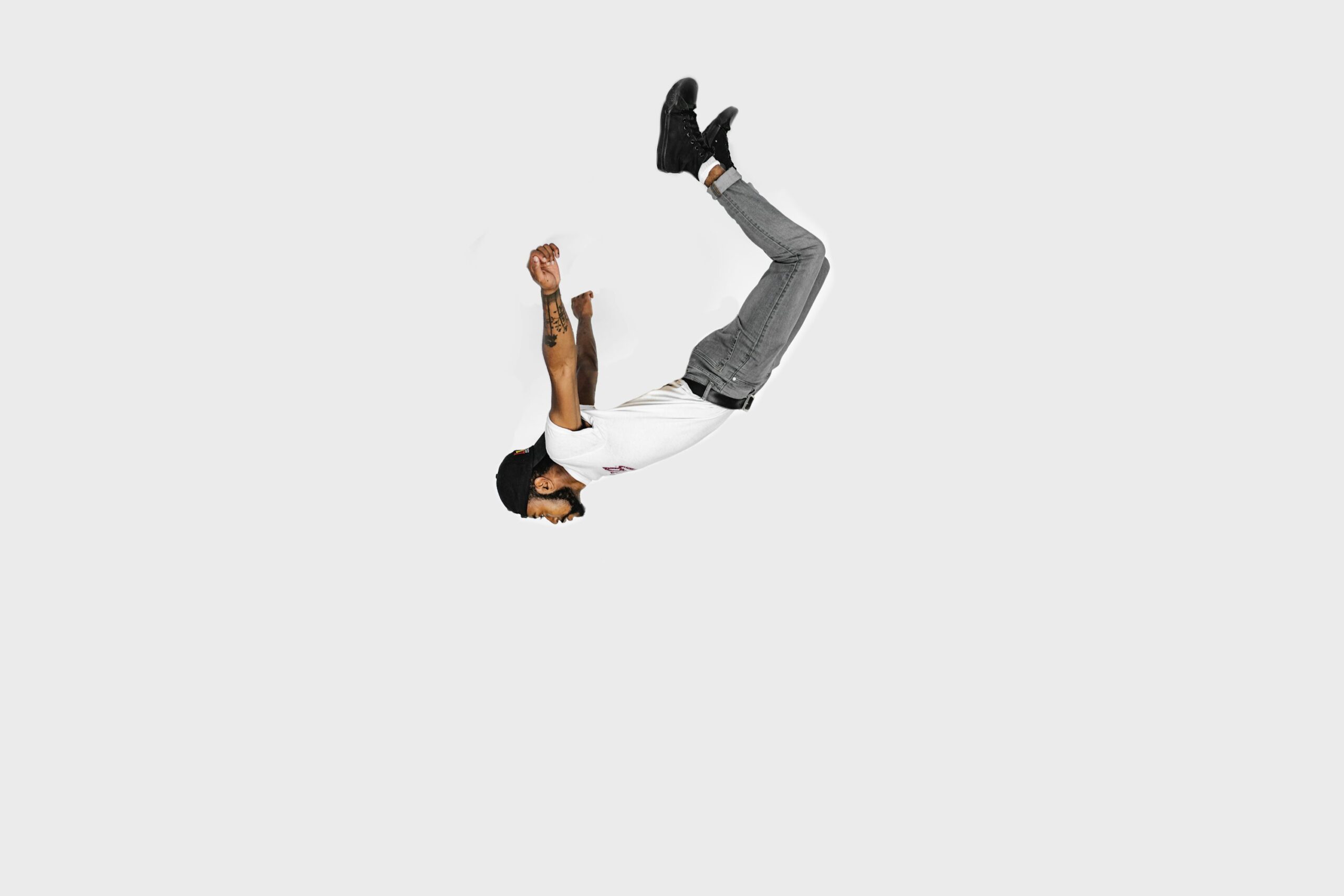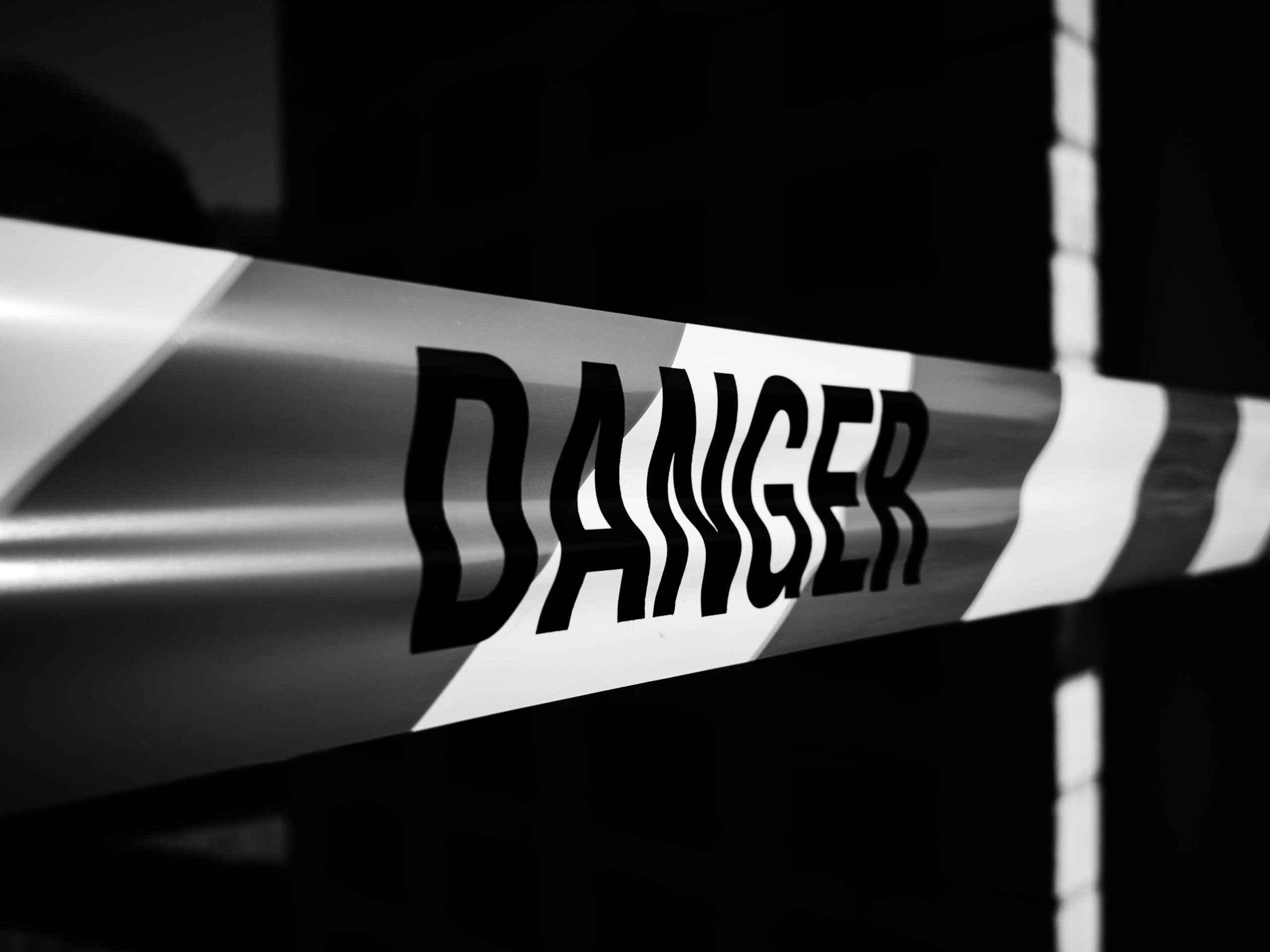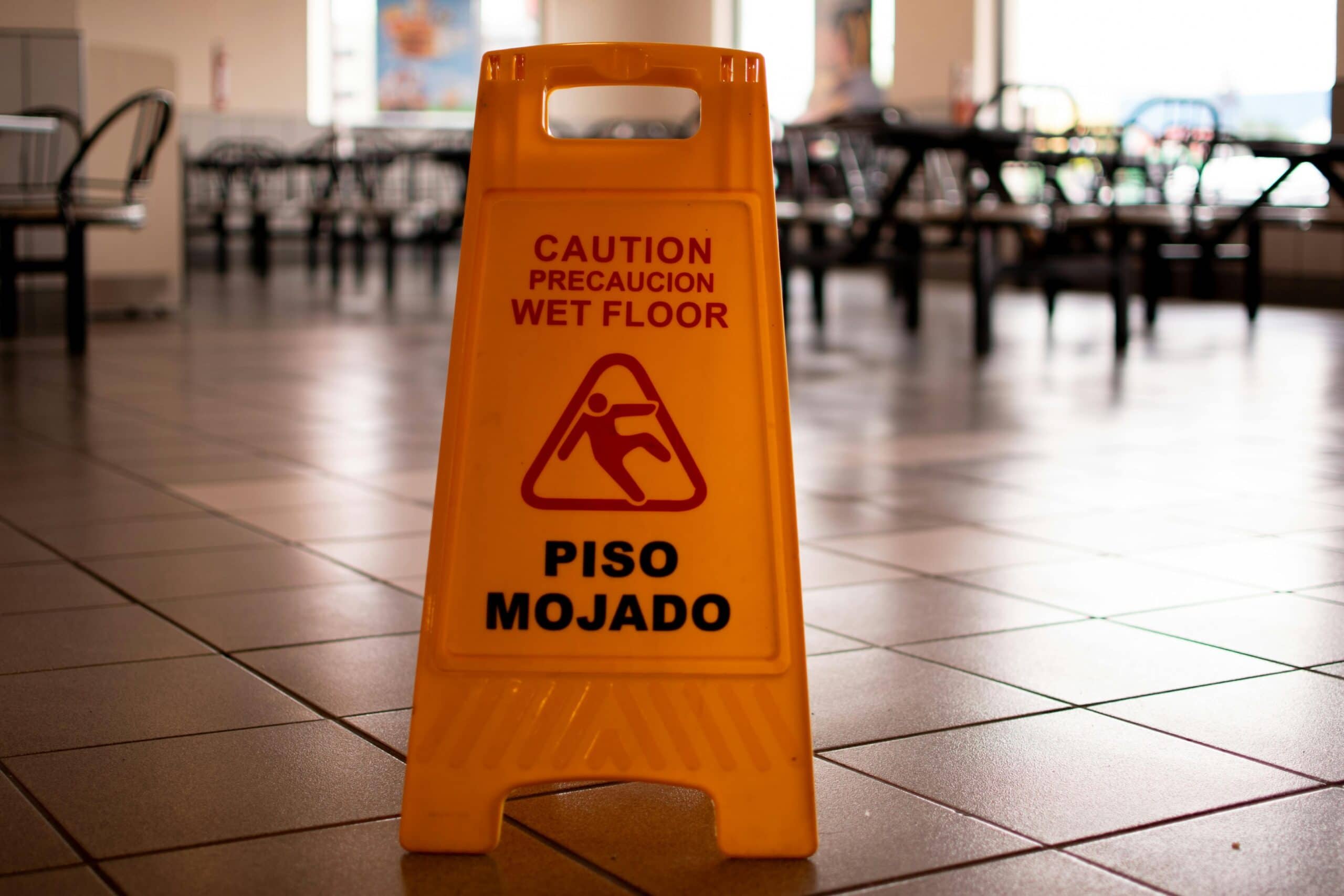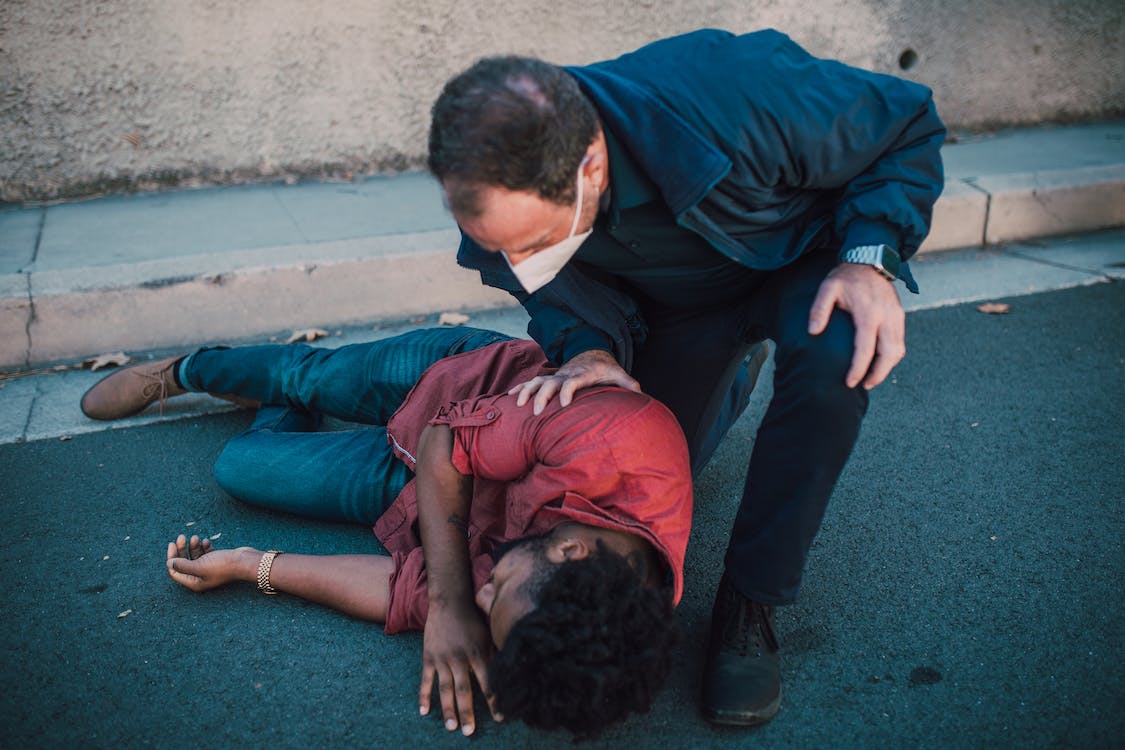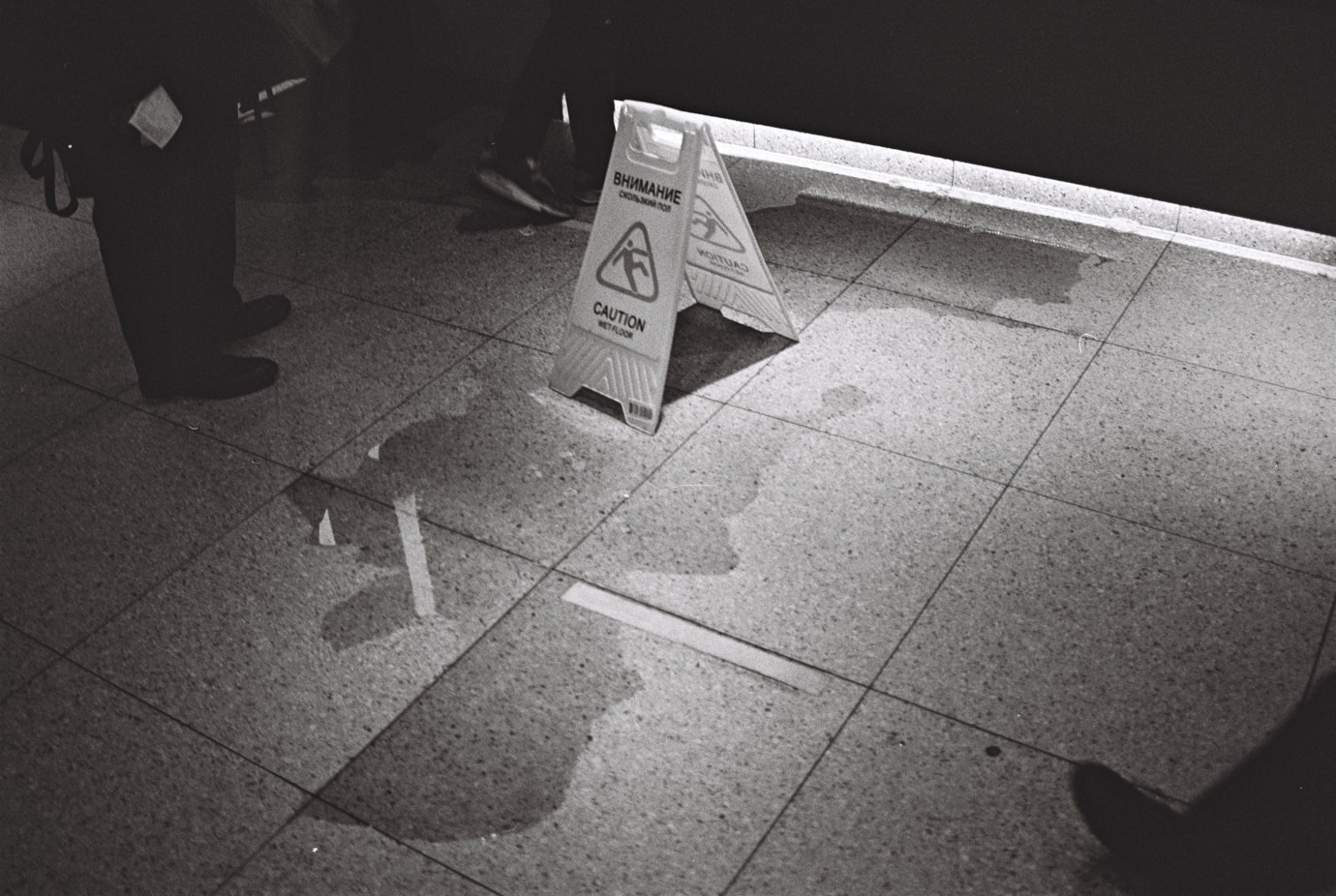Slip and fall accidents on ice can lead to serious injuries, from broken bones and concussions to even more debilitating issues. Many wonder if they can sue when they slip and fall on icy surfaces. The answer to this question depends on the specific circumstances of the incident in the state of Nevada.
In this article, we will discuss the potential for legal recourse in these situations, the statute of limitations, and the concept of comparative negligence.
Nevada Premises Liability Laws
In Nevada, property owners have a legal duty to maintain their property in a safe condition for both pedestrians and customers, depending on the type of property. For a person to sue for damages after slipping and falling on ice, they must prove that:
- The property owner knew or should have known about the dangerous ice conditions.
- The property owner failed to take reasonable steps to remedy the hazard or to warn the individual about the icy surface.
- The individual was injured directly because of the slippery conditions.
However, it is essential to note that these three factors must be proven for a successful slip and fall claim.
Types of Property Owners in Nevada
Nevada law considers three categories of visitors on a property: invitees, licensees, and trespassers. Each group holds different levels of legal protection.
- Invitees: These are individuals on the property for business purposes, such as customers in a store. Property owners owe the highest duty of care to invitees, which includes routinely inspecting the property for hazards and promptly correcting them.
- Licensees: Social guests fall under this category. Property owners must warn licensees about any known, non-obvious hazards but are not required to inspect for danger routinely.
- Trespassers: People who enter a property without permission receive the least protection. Property owners must not willfully or wantonly cause harm to a trespasser but have no obligation to protect them from hazards or inspect the property.
If you have suffered a slip and fall accident on ice, it is crucial to determine which category you fit into, as this will establish the extent of the property owner’s duty of care to you in the eyes of the law.
Nevada’s Comparative Negligence Rule
Nevada follows the rule of comparative negligence, which can impact compensation in slip and fall cases. If the injured person is found to be partially responsible for their accident, the compensation they receive will be proportionally reduced by their percentage of fault.
For example, if an individual is awarded $100,000 in damages and found to be 20% at fault for the slip and fall accident, they will ultimately receive $80,000 in compensation. It is crucial to consult with an experienced attorney who can help you navigate this rule and work to maximize your settlement.
Statute of Limitations for Slip and Fall Cases in Nevada
In Nevada, victims of slip and fall accidents must file a civil lawsuit within two years from the date of the incident under NRS 11.190(4)(e). Missing this deadline can result in the court dismissing the case, barring the injured party from recovering any compensation for their losses. To avoid this outcome, it is essential to act promptly and seek legal counsel to guide you through the process.
You can make more-informed decisions about your case by understanding Nevada’s premises liability laws, categories of property guests, the comparative negligence rule, and the statute of limitations. Seeking advice from an experienced personal injury attorney is essential to maximize your chance of receiving appropriate compensation for your injuries and losses.
We at The Bourassa Law Group are here to manage all your legal troubles in the state of Nevada. Call us at (800)870-8910 and talk to our legal resource for directions.
